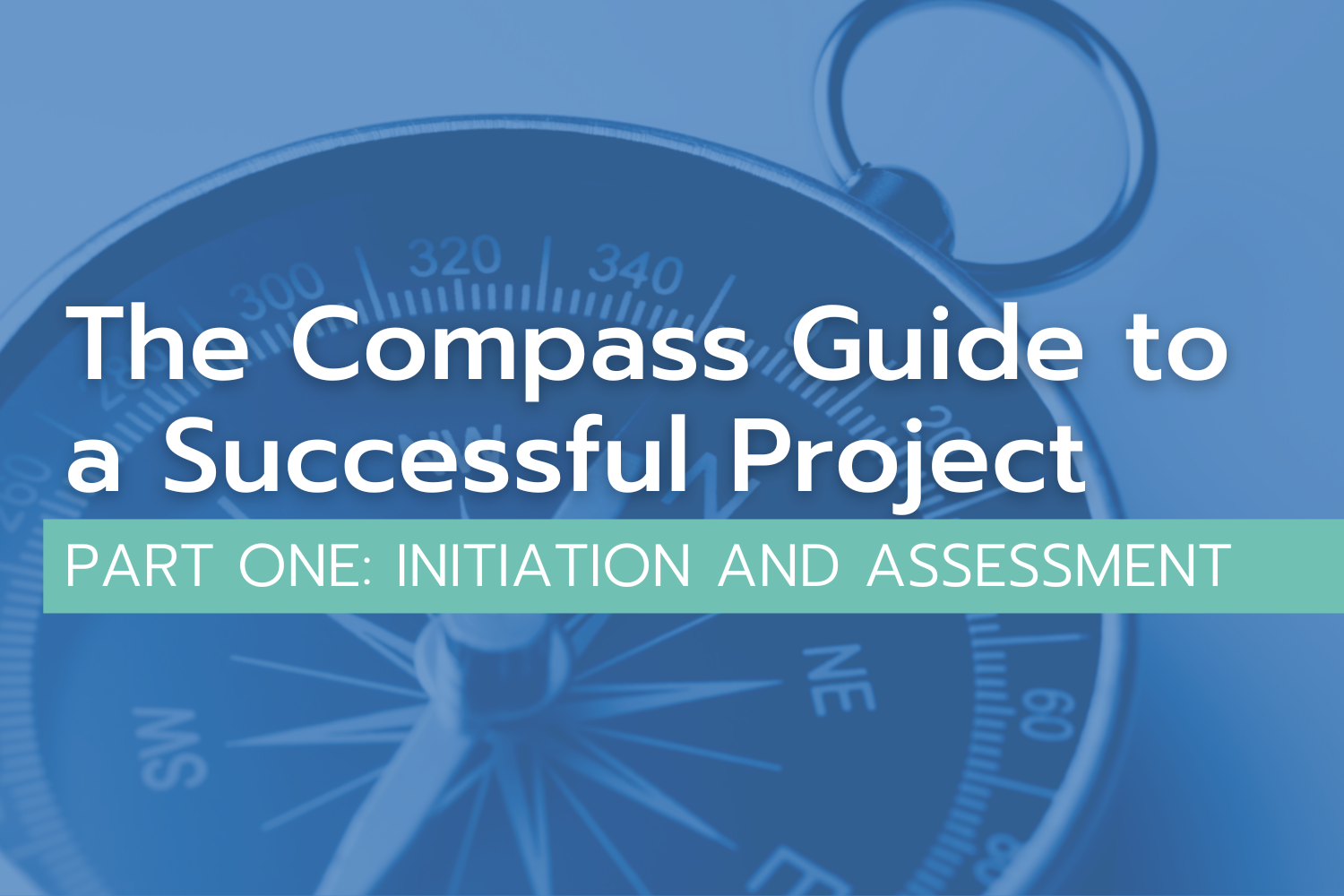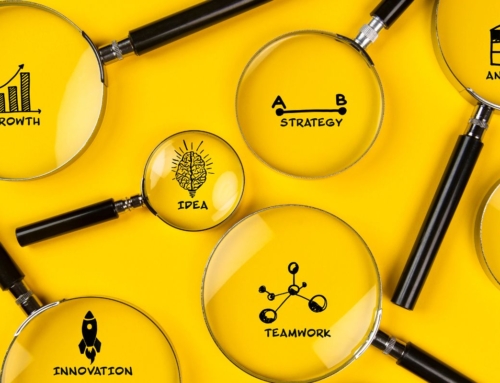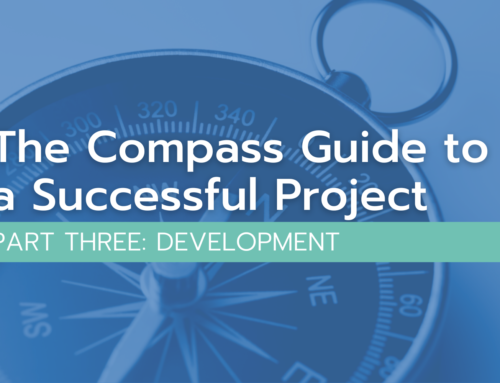As we navigate the world of hybrid work, Compass365 is working together with our clients, partners, and Microsoft to continue to deliver the high level of service, quality, and guidance we bring to every project. Stemming from COVID-19 work from home policies and continuing for the foreseeable future, we are seeing an increase in the use of SharePoint, Microsoft Teams, and the entire Microsoft 365 platform.
A compass is one of the most important tools in any tool belt. We use the word compass in our name as a symbol of how we do business – our leadership helps companies navigate projects through strong direction and guidance. We love being our clients’ magnetic north guide, and we wrote this blog series to highlight the four key elements of a successful project that we utilize in every engagement. We are committed to providing support and ingenuity to our clients, helping you stay connected, productive, and moving forward during any sort of weather.
At Compass365 we believe project planning is crucial for every project’s success. Effective planning is in the details and does not exist in a vacuum. Pinning down those details can be difficult and overwhelming, which often leads to stalling or never getting out of the starting gate. Planning is crucial when you are rolling out a SharePoint, Teams, or Power Platform solution.
Experience has taught us that all successful projects share a similar set of processes or methodology for keeping on track and on budget. For every project we deliver, we create a project plan detailing our four key elements of a successful project:
- Initiation and assessment
- Design
- Development
- Deployment and review
We believe planning is essential to meet all milestones, goals, and metrics both we and our clients expect. This blog series The Compass Guide to a Successful Project, will share our methodology, showing how we work with clients to continuously help them meet and exceed their project goals.
The First Key Element: Initiation and Assessment
With any new project, creating the map or plan is where we always start with our clients. The goals of this phase are to determine and lock down the problem that needs to be solved, who will be involved, and what will be done to solve the problem.
Project Initiation
Review the purpose and goals
Pinpointing the purpose of the project and a thorough review of what problems are being solved help uncover the myriad of reasons the business wants to make a change, upgrade, or migrate their systems. Clients may want to reduce annual costs, compliance, and security risks by replacing an aging system, grow the capacity of the business to serve their customers by simplifying and automating processes, or improve employee retention by providing them with better communication and collaboration tools. Understanding all of the reasoning behind the project ensures the decision-making process and build out in later phases creates true value for the client.
Identify stakeholders
One of the initial goals is to get organized on both sides, working with our primary contact to share information and ensure people are aware of their roles. We identify business and technical stakeholders who will be affected by the project’s outcomes and contributing resources (time, tools, money, and people). These stakeholders will help in all phases of the project and sign-off on moving into the next phase.
Prepare the project plan
This presentation is created for our kick-off meeting and includes roles and responsibilities, project management tools, and the purpose and goals of the project. This is where we connect expectations, goals, and project management tasks for the team’s review.
Hold the kickoff meeting
With our project plan in place, we meet to introduce team members and make everyone aware of the schedule and their roles and responsibilities. In this meeting, we also look for disagreements about the scope, confirm the purpose of the project, look for scheduling constraints, and confirm we have the right stakeholders engaged. We also look at how long it takes to complete tasks and the human and technical resources necessary on both sides to move through the phases. We encourage people to look for areas where issues may arise and what improvements could be made. Our customers know their businesses inside and out and we listen to them to adjust time frames and plans accordingly.
We review and discuss the following checklist to create our initial project plan:
- Confirm the overall purpose and goals of the projects
- Do we have all the key stakeholders at the table?
- What is the preferred method for collaboration?
- What is the virtual meeting method we will use?
- What is the cadence for status reports and regular meetings?
- Who are the correct participants for each phase of the project?
- What other major events/launches/projects are happening in the organization?
Project Assessment
Once we have completed our kick-off meeting, we move into the assessment phase, where we gather the detailed requirements through stakeholder interviews and existing system analysis, update our project plan, and get ready for the design phase.
Discovery
This phase is all about discovery, and gathering business and technical requirements for the new system. As we have identified the stakeholders in different roles, we now schedule meetings to interview them. We often organize interview questions on five different threads:
- Data – define and document what data is to be part of the system
- Process – what will be supported, created, edited, approved, retained, automated, and deleted
- People – what are the roles – users, authors, editors, approvers, viewers, and administrators
- Interfaces – what is the current IT landscape? Are we going to create any integrations between new solutions and legacy software? What is available for the integration – existing APIs? Gather the documentation. Will existing systems be impacted by the implementation of the new system? We’ll need to plan for that.
- Technology – What other technologies are people using on a day-to-day basis and what is their experience level? Confirm the computing devices, operating system, web browsers, etc. Are people working primarily from the corporate office or remotely? Look for information about the environment that will affect decisions later on.
Requirements
After we finish our interviews, we complete a requirements document for key stakeholders to review and as a team decide on priority levels: high priority, nice to have, future phase, or never. We also ensure that all leadership approves the requirements as they are the foundation for the design phase and validate that the new system is implemented successfully.
At this point, we have completed the elements of initiation and assessment and are ready to move on to design.
Stay tuned for the next step in the Compass Guide to a Successful Project – Design








